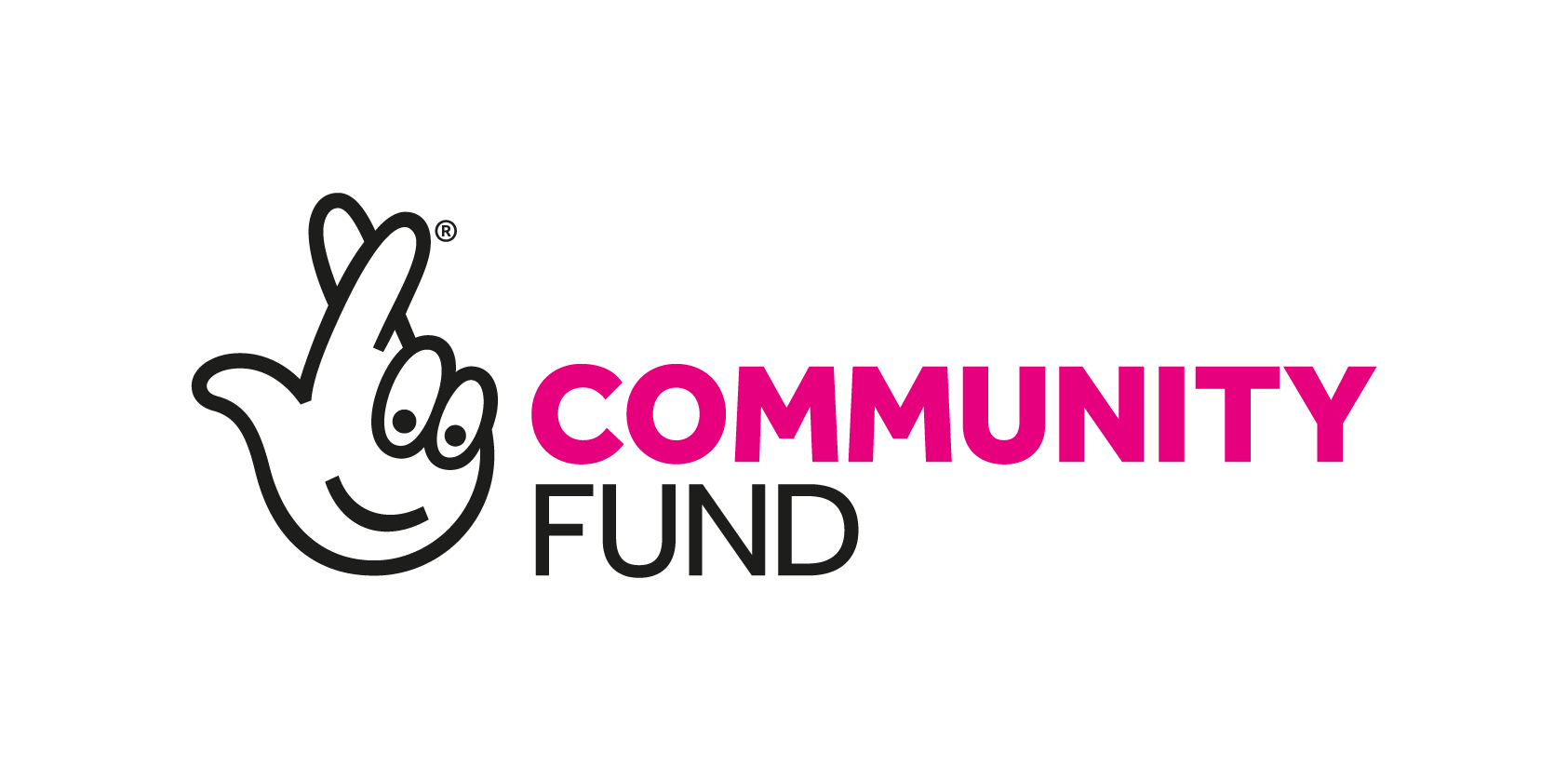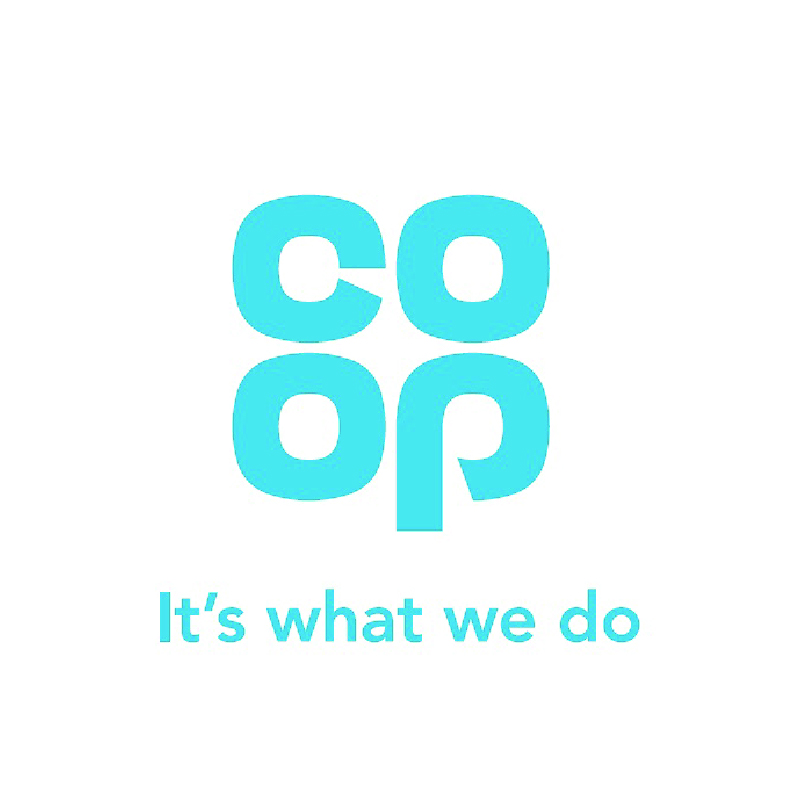
With the start of a new school term, we thought it might be helpful to follow on from the interesting article in our last newsletter by Milly Salsbury (Assistant psychologist) about body neutrality and apply some of the same thinking to positive affirmations with young people.
One of the most difficult things for parents to hear is their child putting themselves down, negative thinking or speaking is connected to low self-esteem and can have negative long-term consequences.
Knowing HOW TO respond to your child when they say negative things about themselves is important. It may not however simply be the case of replacing negative self-talk with positive affirmations. For many young people positive affirmations do NOT work if your child doesn’t believe them.
If your child has been thinking a negative thought like “I’m stupid” or “I can’t learn maths” for a while, chances are it has turned into a firm belief. They may feel uncomfortable saying things that they don’t yet believe or haven’t internalised, as though it is fake or ‘hypocritical’ to do so. When you then ask them to repeat a positive affirmation like “I’m clever!” or “I can do it”, their brain will just dismiss it. So, what can you do instead?
This is where NEUTRAL thinking links with Milly’s article on body neutrality. You can help SHIFT the focus from negativity to neutrality first. Neutral self-talk is steeped in reality, it is objective and less value-burdened, with a focus on abilities and potential.
So, for example:
“I’m not good at maths” becomes “I’m learning maths”
“I’m ugly” becomes “I have a body and I’m alive”.
“I am the best” becomes “I’m doing the best I can right now”
If your child repeats these neutral statements often, they can become their new automatic thoughts (replacing the negative ones) and making the move to more positive ways of thinking much more achievable.
In general, the shift from negative-neutral-positive can be supported by helping your child change their mindset, here are a few things to help you get started:
- Acknowledge the feeling, not the words, with empathy: If you can search out what your child is feeling, and name it, you can help them to identify WHAT is actually bothering them and begin to separate that problem from their own self-worth. This is especially true for younger people who may not have the emotional intelligence and vocabulary to adequately express themselves. By “naming it to tame it,” as Dr.Dan Siegel says, you are enhancing both your child’s emotional intelligence and vocabulary https://drdansiegel.com/book/the-whole-brain-child
- Rephrase questions in a couple of different ways to help your child understand WHAT you’re asking and pinpoint where things feel difficult while recognising where things are going well. This helps to show that the ENTIRE situation isn’t frustrating, but rather just a part of it. More importantly, it can start a conversation about separating your work from your self-worth.
- Praise your child’s effort and attitude not the outcome. By telling your child what you NOTICED about their efforts or attitude, you’re allowing them to see the positive side of the situation irrespective of the outcome.
- Discuss Negative Self-talk when your child is relaxed and comfortable, not when they are frustrated or overwhelmed. Calm dialogue around the consequences of self-talk and the physical realities of how such words affect the brain and our potential, is more likely to be positively received.
- Remind your child that feelings are fleeting but if we hold onto them for too long, we bring ourselves down and make like seem gloomy all the time. Remembering life experiences will be good and bad will help them adopt a growth mindset.
- Having a Growth Mindset helps your child understand that their brains are ever-changing and ever-growing. Tackling new activities and problems helps their brain to grow. Watch this video by Khan Academy which explains how your brain grows when you struggle with problems: https://youtu.be/JC82Il2cjqA
- It’s important to MODEL what growth mindset looks like and feels like via talk and actions. Do this by embracing your mistakes and talking about them openly. Discuss Your “Best Failures”, Thomas Edison famously said that he didn’t fail over a thousand times when making a lightbulb, but he did find over a thousand ways not to make a lightbulb. Every mistake or ‘failure’ is a learning opportunity, it is learning how NOT to do something, you learn best how to do something by knowing how not to do it first. Share these ‘best failures’ of the day at dinner, empathise, discuss and focus on what we can learn from them.
Whilst we have written this with children in mind, it is relevant for adults too, and remember everyone is different and will respond to strategies differently, it they don’t have the impact you would like try something else, its not a failure, you’ve just learned what doesn’t work!
Image credit: @daniellesplace















